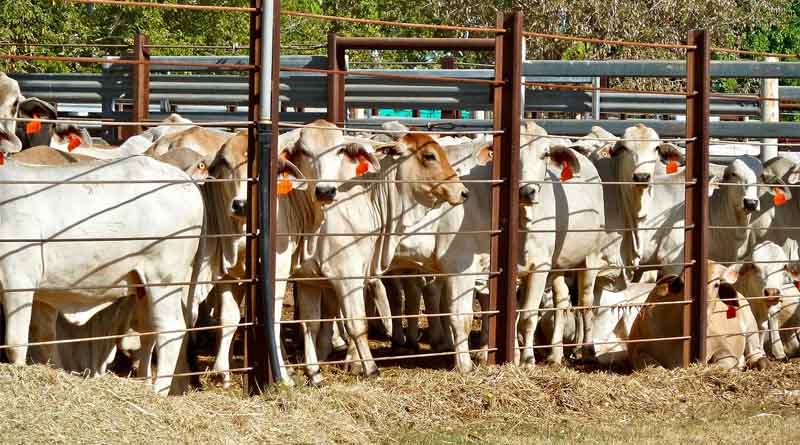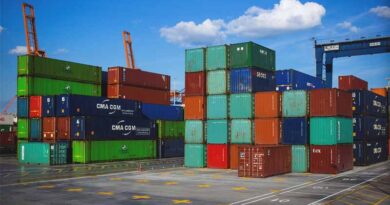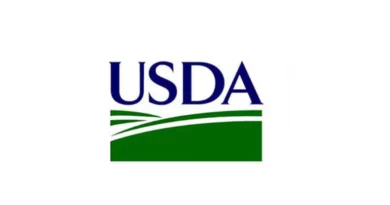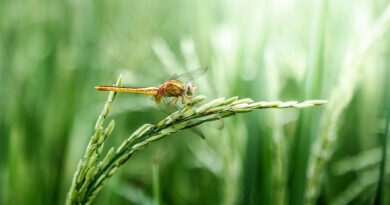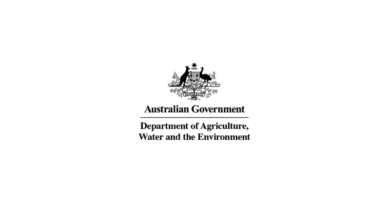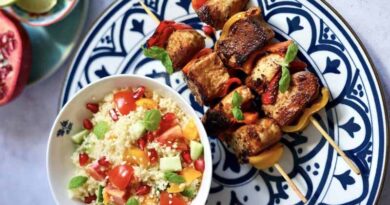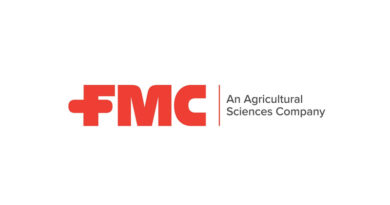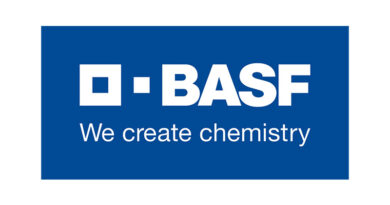Australia’s May live cattle exports at three-year high
12 June 2023, AU: Australia’s live cattle exports reached 108,614 head in May, increasing from the revised 55,611 head the previous month and from 61,047 head a year earlier, according to data from the Department of Agriculture Fisheries and Forestry (DAFF). Australian cattle exports have not exceeded 100,000 head/month since June 2020, which totalled 118,229 head.
Exports to Indonesia increased to 59,339 head in May from the revised 26,926 head in April, and increased by 66pc from 35,762 head a year earlier. Live cattle trade with Indonesia was strained in 2022 when a foot-and-mouth disease outbreak in livestock occurred, with cattle movements in the southeast Asian country restricted to aid in disease control. Australia’s high cattle prices over 2022 also pressured exports, with many international consumers opting for cheaper protein options such as frozen Indian buffalo meat and poultry.
Exports to China almost doubled on the month to 13,962 head in May from 7,160 head in April. But year-on-year exports to China fell marginally from 14,024 head in May 2022.
Exports to Vietnam increased to 21,022 head in May from 9,580 head in April, and increased sharply on the year from 4,566 head in May 2022.
Australian cattle exports dropped to a 10-year low of 600,084 head in 2022, according to Meat and Livestock (MLA) 2023 industry projections. But the MLA expects export volumes to rise by 12pc from 2022 levels to around 660,000 head this year. Asian markets present solid long-term growth opportunities for exports because of rising demand for high-quality protein as populations grow.
But live cattle exports to Japan — which are predominately Wagyu — have halted indefinitely, with the last breeder herd of cattle exported in May 2021. Feeder cattle also followed suit, with exports stopping in November 2022. Japan consistently purchased between 800-1,500 head/month of Wagyu cattle from Australia over 2018-22, according to DAFF. Japan’s buying power has weakened, after Covid-19 lockdowns weighed on consumer demand in restaurants and a higher cost of living prompted consumers to choose cheaper protein options.
Also Read: Best Agrolife becomes the 1st Indian Company to Manufacture Tricolor Agrochemical Blend
(For Latest Agriculture News & Updates, follow Krishak Jagat on Google News)

